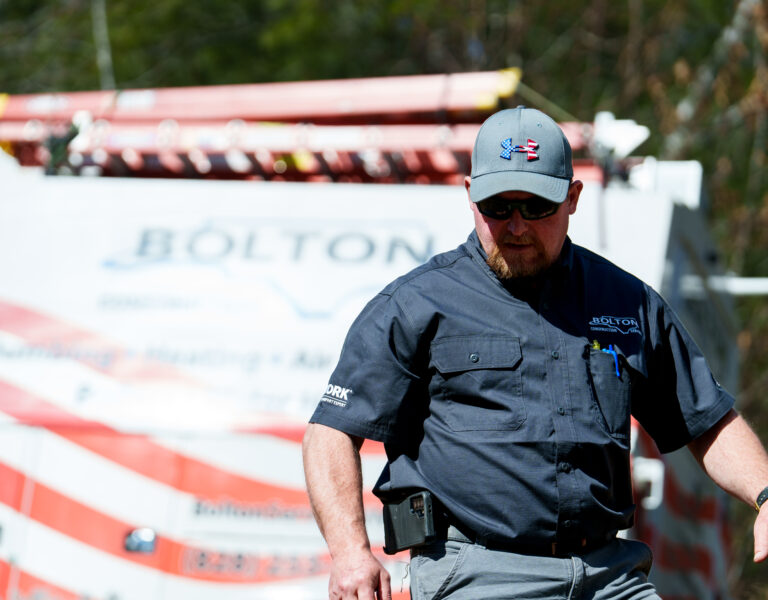Orangeburg Pipe was a low cost alternative to metal piping that was used in homes built between the 40’s and 70’s and used mainly for sewer lines. Its first known use was in an experimental water delivery line in the Boston area. This pipeline, finished in 1867, measured over a mile and a half and was in use through 1927. Then, in the late 19th century, it began being utilized almost exclusively as electrical conduit. The demand for cheap housing materials, during this postwar boom, was at an all-time high, and available pipe was scarce. Orangeburg Manufacturing in New York, produced a thicker-walled centrifugally-laminated pipe, sturdier for sewer and drain uses, which became known simply as “Orangeburg pipe”.
What is Orangeburg pipe?
Orangeburg pipe is pipe made from wood pulp sealed with a liquid coal tar pitch. The joints were made of the same material and since the coal tar provides its own stickiness, it was not necessary to apply any adhesives. Orangeburg Pipe was inexpensive, lightweight (but brittle) and soft enough that repair cuts could be made with a handsaw. The lack of strength, however, causes these pipes to fail frequently, with the useful life being about 50 years under ideal circumstances. Even more concerning is that Orangeburg pipe has been known to fail in as little as 10 years and since the pipe is basically made up of asphalt-soaked paper and pulp, Orangeburg pipes can deform due to moisture and pressure, resulting in plumbing problems. As a comparison, clay pipes typically last between 50-60 years, while PVC pipes are expected to last 100 years before requiring replacement. For many of these reasons, Orangeburg pipe is no longer on the list of acceptable materials by most building codes.
Do I have an Orangeburg pipe sewer line?
If you are experiencing frequent plumbing clogs, slow draining, or noticing indentations in your yard that are lining up with your sewer line location, it is entirely possible that you have deteriorating Orangeburg pipes. Additionally, you may see a gradual decrease in water pressure. The year your house was built can be another clue that can make this even more likely. For most homes built prior to the early 1970’s, the piping has likely already deteriorated or is close to collapsing. Additional signs may be:
• Slow draining of waste water
• Foul sewer odors that are noticeable inside your home
• Unknown Mold origins
• Dampness on lawns
• Sinkholes in the foundation
• Thick grass concentrations
• Tree roots penetrating into pipelines
What to do next?
A homeowner with a failing Orangeburg system may be facing a large-scale replacement and severe damage by not knowing the condition of your pipes. If you have not had your sewer system inspected to determine if you have any deterioration you could be looking at a very messy and expensive sewer line collapse. Each case of an Orangeburg pipe failure is different, however, a full pipe replacement with PVC piping may be necessary if the Orangeburg pipe is too far deteriorated or unsalvageable. To avoid such a costly and property-damaging scenario, it is very beneficial for homeowners to get a professional inspection of their pipe system and replace deteriorated piping. Here at Bolton, we offer a sewer scope inspection by using a camera, attached to a snake-like, flexible cable, perfect for twisting around pipe turns and obstructions. The technician follows the camera’s progress on a video screen, easily recognizing obstacles and problems. Give Bolton a call today to discuss.












